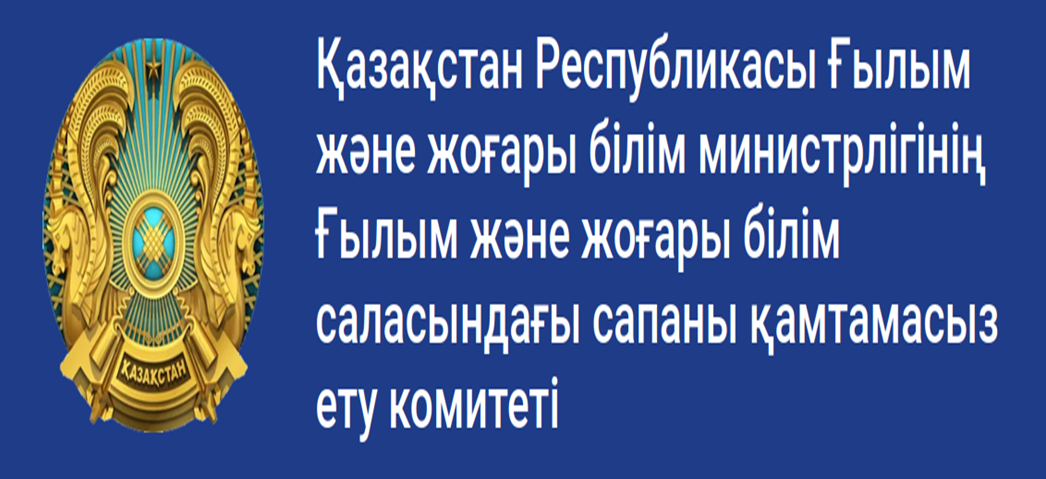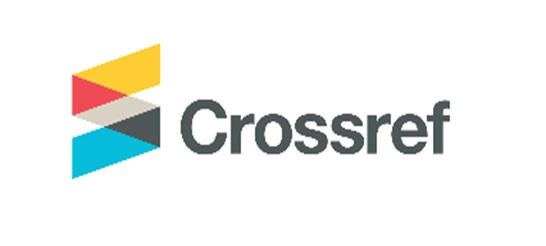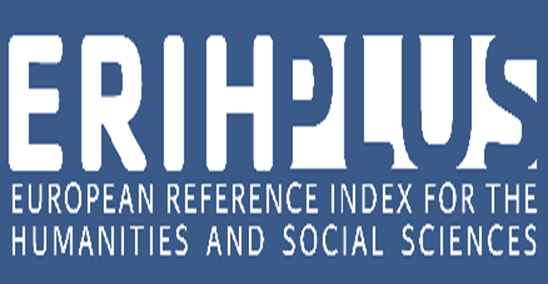Problems of Oghuz history in the Kazakh oral tradition
Views: 331 / PDF downloads: 229
DOI:
https://doi.org/10.32523/2664-5157-2023-3-185-194Abstract
In the humanities of Kazakh science until the middle of the twentieth century, there was a tendency to focus exclusively on written sources in historical research. It was believed that a story that did not appear in archival documents, in narrative records, was not history. Whereas among the nomads who lived in the steppes of Eurasia, history has been preserved mainly in the form of an oral tradition, but its written fixation
has not become the rule.
The concept «oral history» became popular in the humanities only after gaining independence, and it contributed to new trends and opportunities in historical and entographic researches. The author, expounding and commenting on the Kazakh legendary
texts, introduces a new term «oral tradition» into scientific circulation, which is generally accepted in European scientific schools, we should also think about this.
The last paragraph of the monograph is devoted to the Oghuz tamgas found in the Kazakh land, in fact they are the only material evidence of oral narratives. The researcher connects the monument of Tanbaly tas/Tanbaly zhar/ in Betpak with the legendary Alasha Khan, with the oath-offering in a nationwide gathering in this area, which was the beginning of the state formation. He writes, «in the old days, Tanbaly zhar was a sacred place where the leaders of the people came to worship. The author, based on the data of the oral tradition of the Kazakhs, on the publications of outstanding Kazakh scientists who recorded oral
narratives, notes: «The Kazakhs from time immemorial treated Tanbaly Zhar as a sacred center, where their struggle and the fighting spirit of their ancestors for independence, for freedom are reflected on a stone stele. One of such periods is the Oghuz epoch, and it is
confirmed by the Oghuz tamgas on the Tanbaly zhar.
As Tanbaly zhar in Betpak as well as in Mangystau there is a gallery of tamgas of several eras. This area, or rather a deep log is called Karakabak, as well as Kara keuk shuldir, Tanbaly sai. During our expedition work in the stone walls of this log, we discovered 42 different tamgas. The most ancient of them represent an ordinary sign from one line, called koseu tanba, as well as from one or two circles of kun and ai tanba. Of the tamgas of the medieval Oghuzes, the Kazayak tamga of the Salor tribe, the tamga of one of the leading Oghuz clans, the kayy tanba, are recorded. And also the tamga of the Mangytovs of the Golden Horde – shomish tanba, tanba kiyatov, and later the tamga of the Chingizids
«tore tanba», in the form of . As the results of the research of the participants of the expedition to Tanbaly sai show that there are signs very closely resembling the Germanic, or so-called Scandinavian runic, as well as the Orkhon-Yenisei graphics of the ancient Turks. In general, there are tamgas of the following medieval Oghuz tribes in Tanbaly sai: Bayyndyr, Ausar, Kyzyk, Shauildir, Karabolik, Imur, Kayy, Salur, Karkyn, Bayat, Doger, Bektili.
The monograph of Professor Zh.O. Artykbayev «Kazak Halk Edebiyatında Oğuz Tarihi Meseleleri/Kazak halyk adebiyetindegi oghiz tarikhyn maseleri» « (Kayseri, 2023) is very significant not only for researchers of the history of the Oghuz, but also comprehensive and
in-depth consideration of the ancient and medieval history of Eurasia.


























